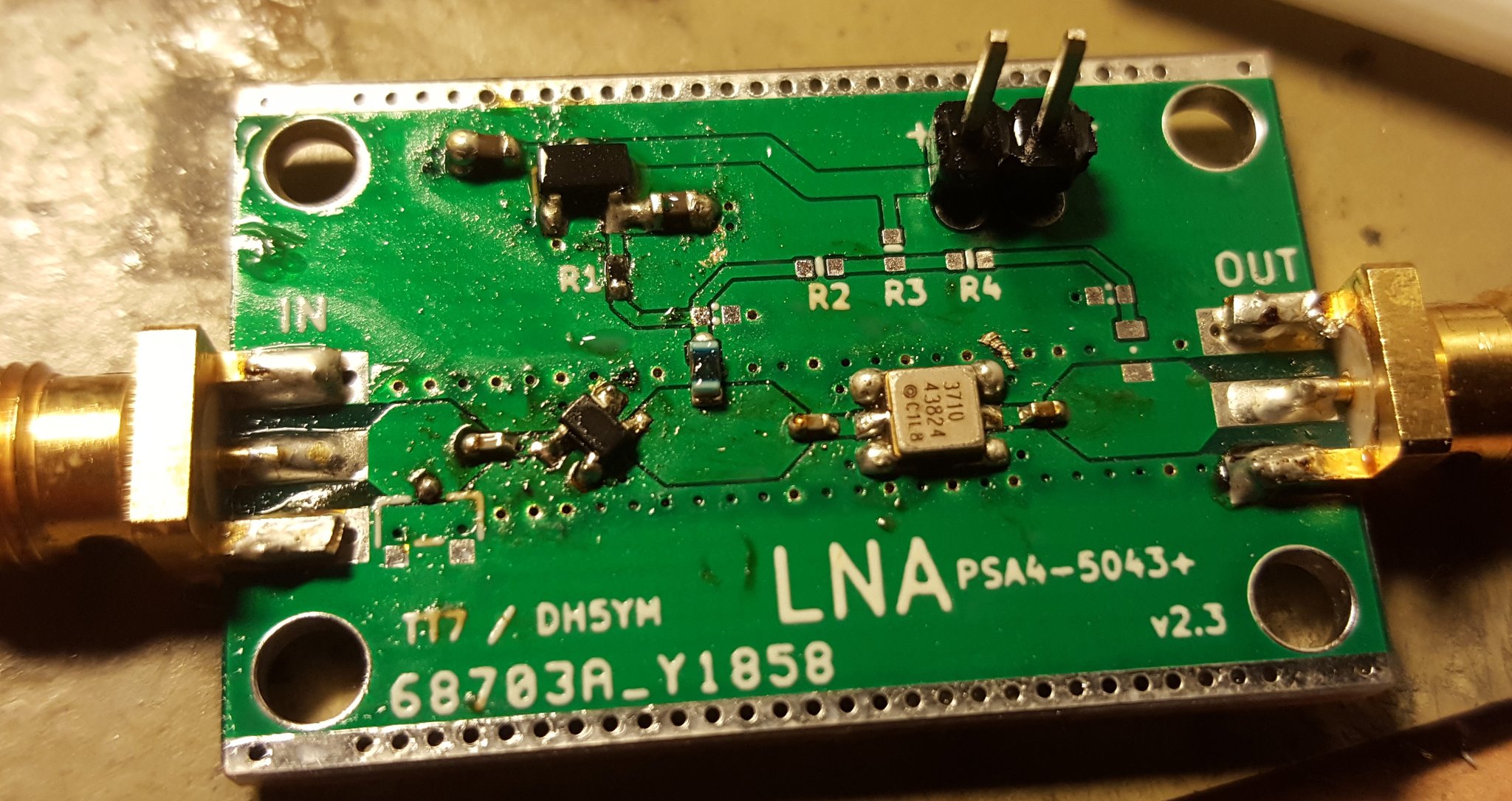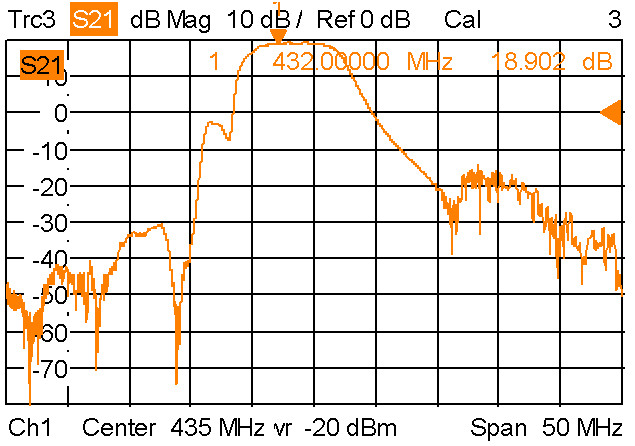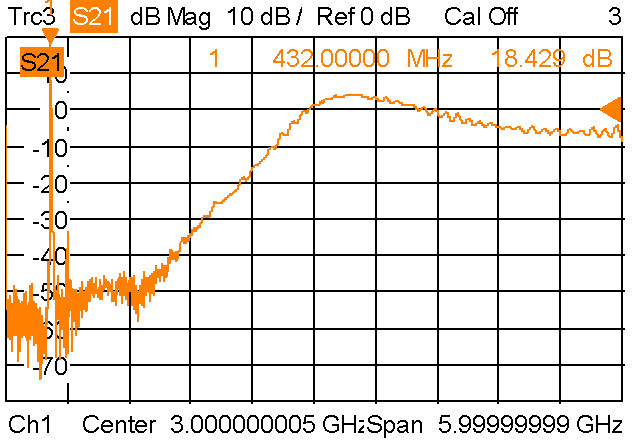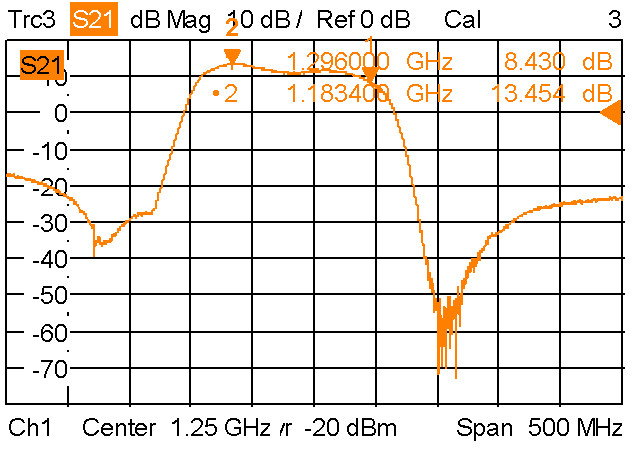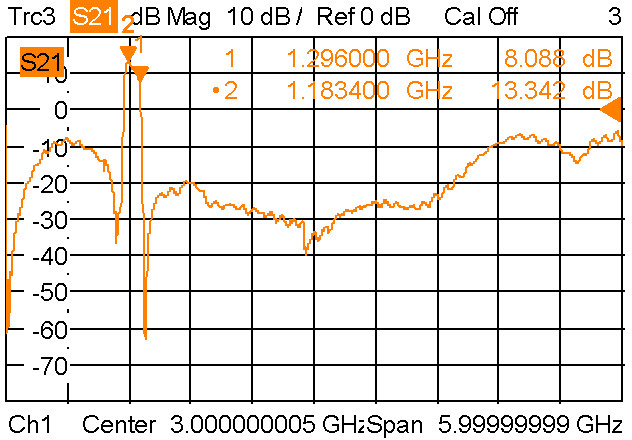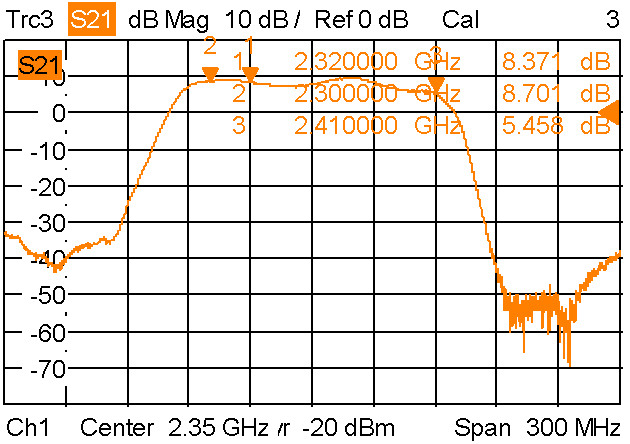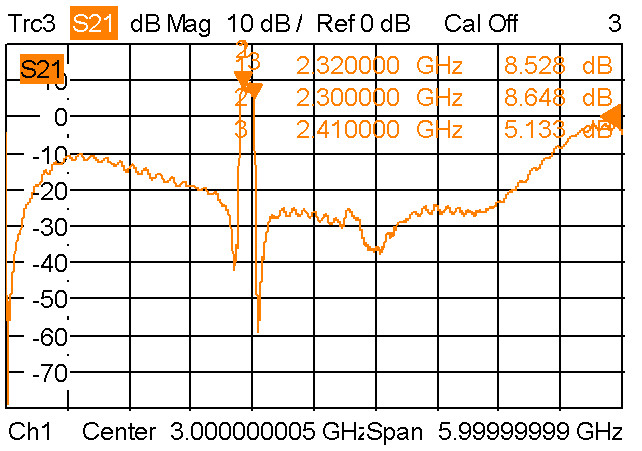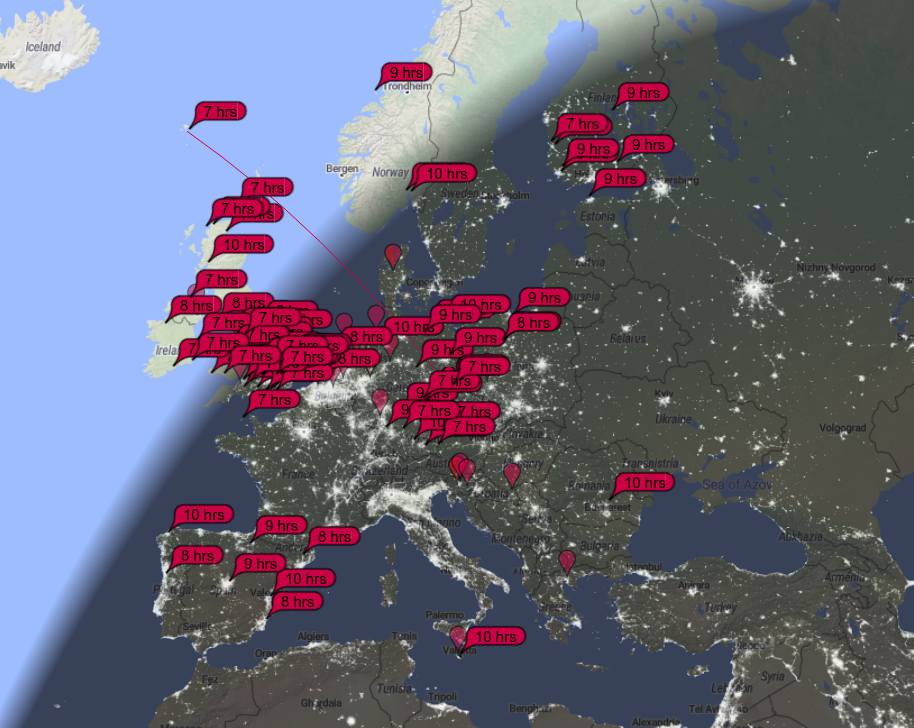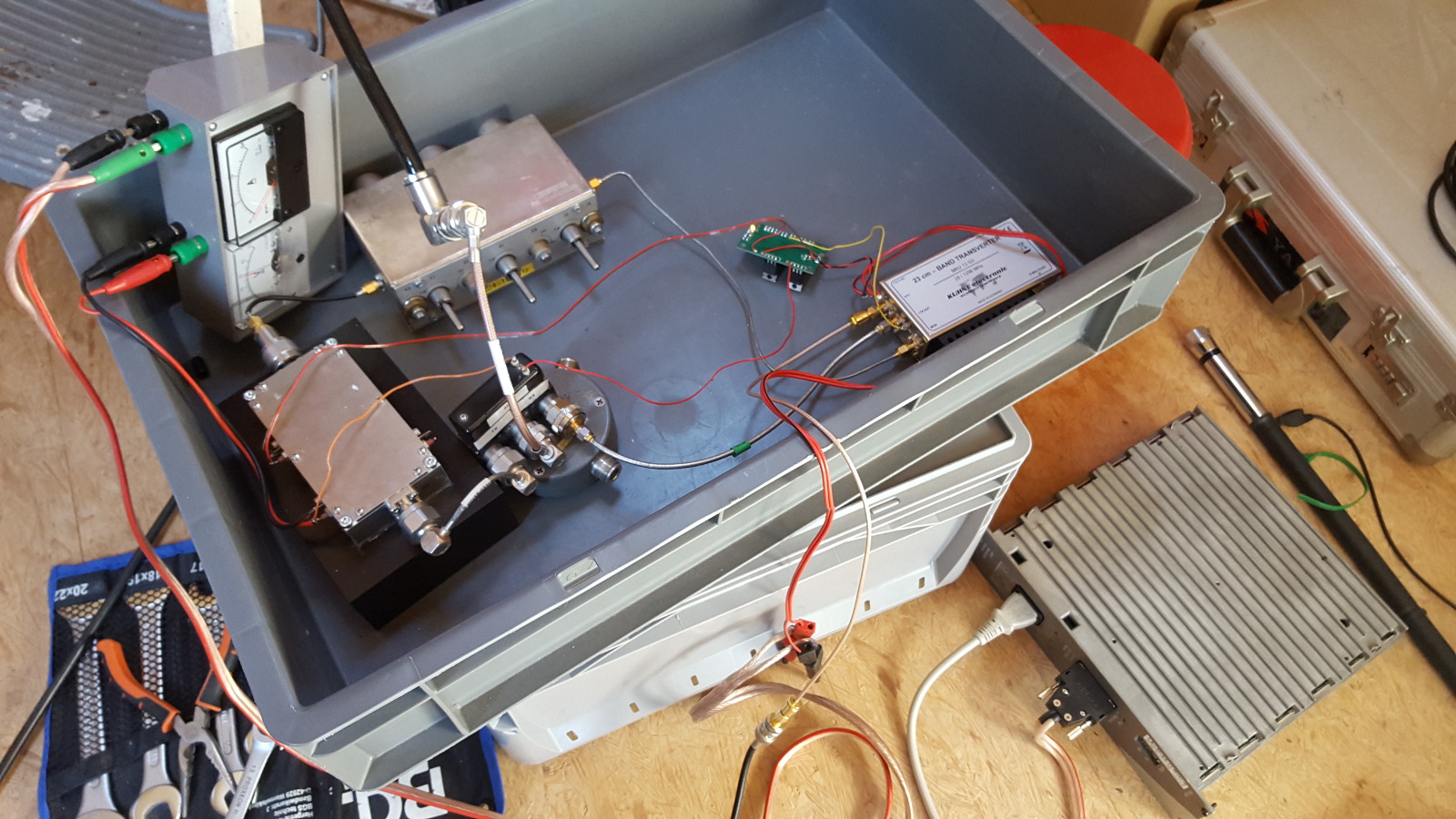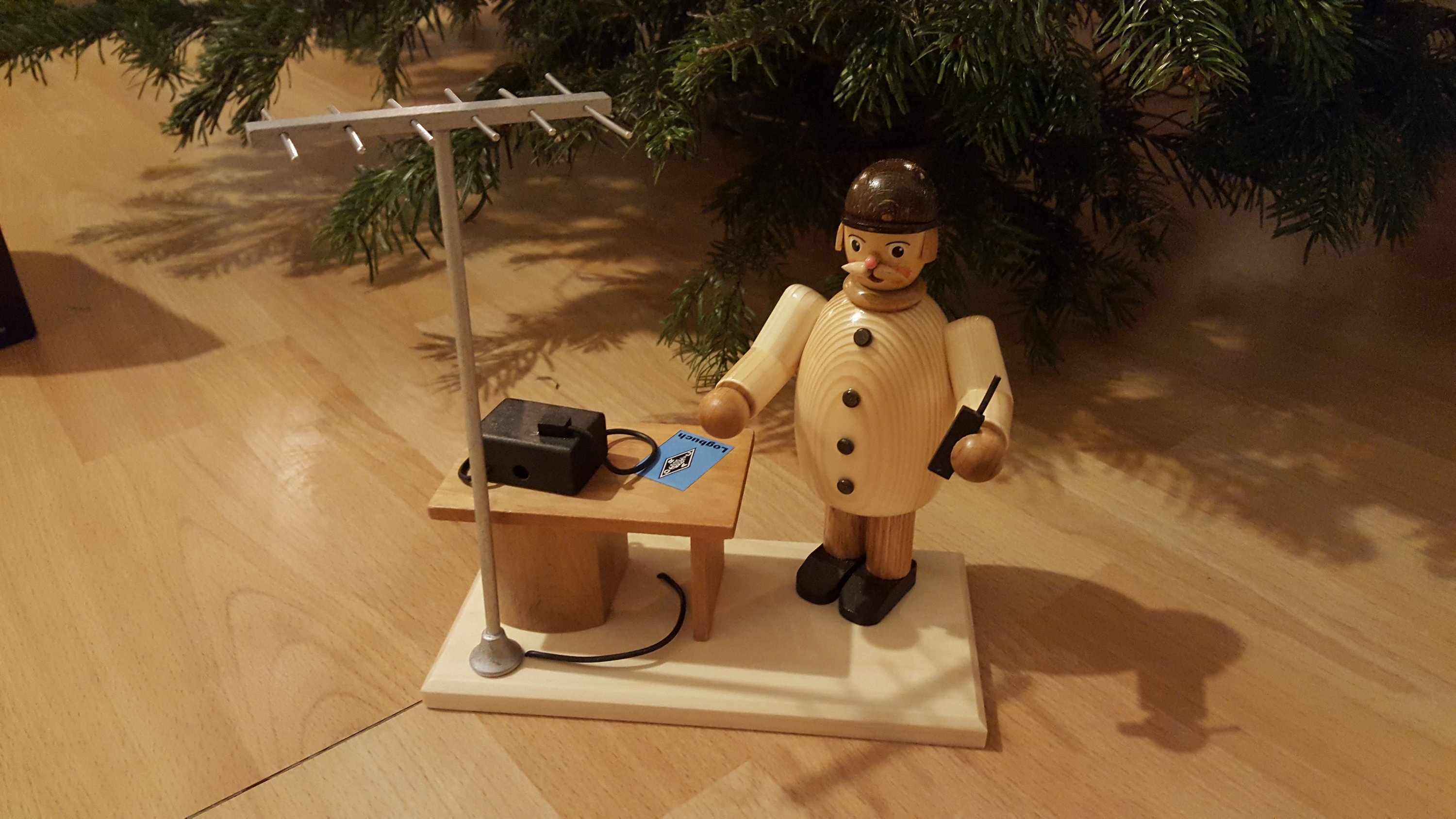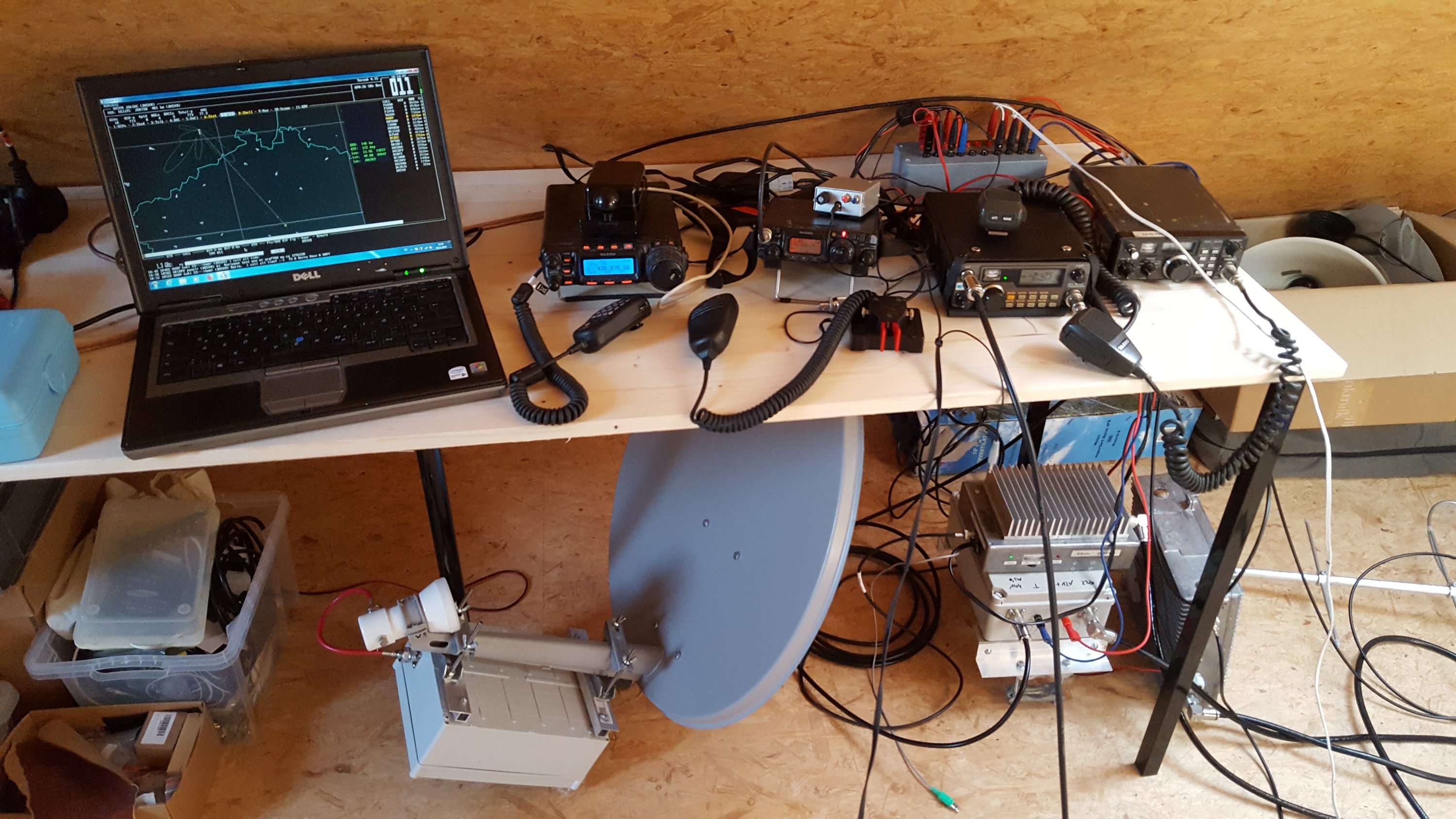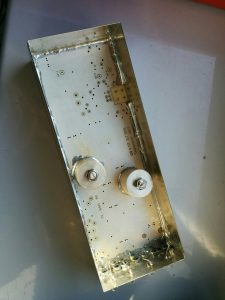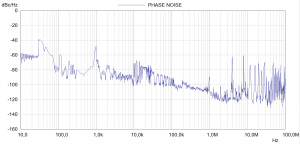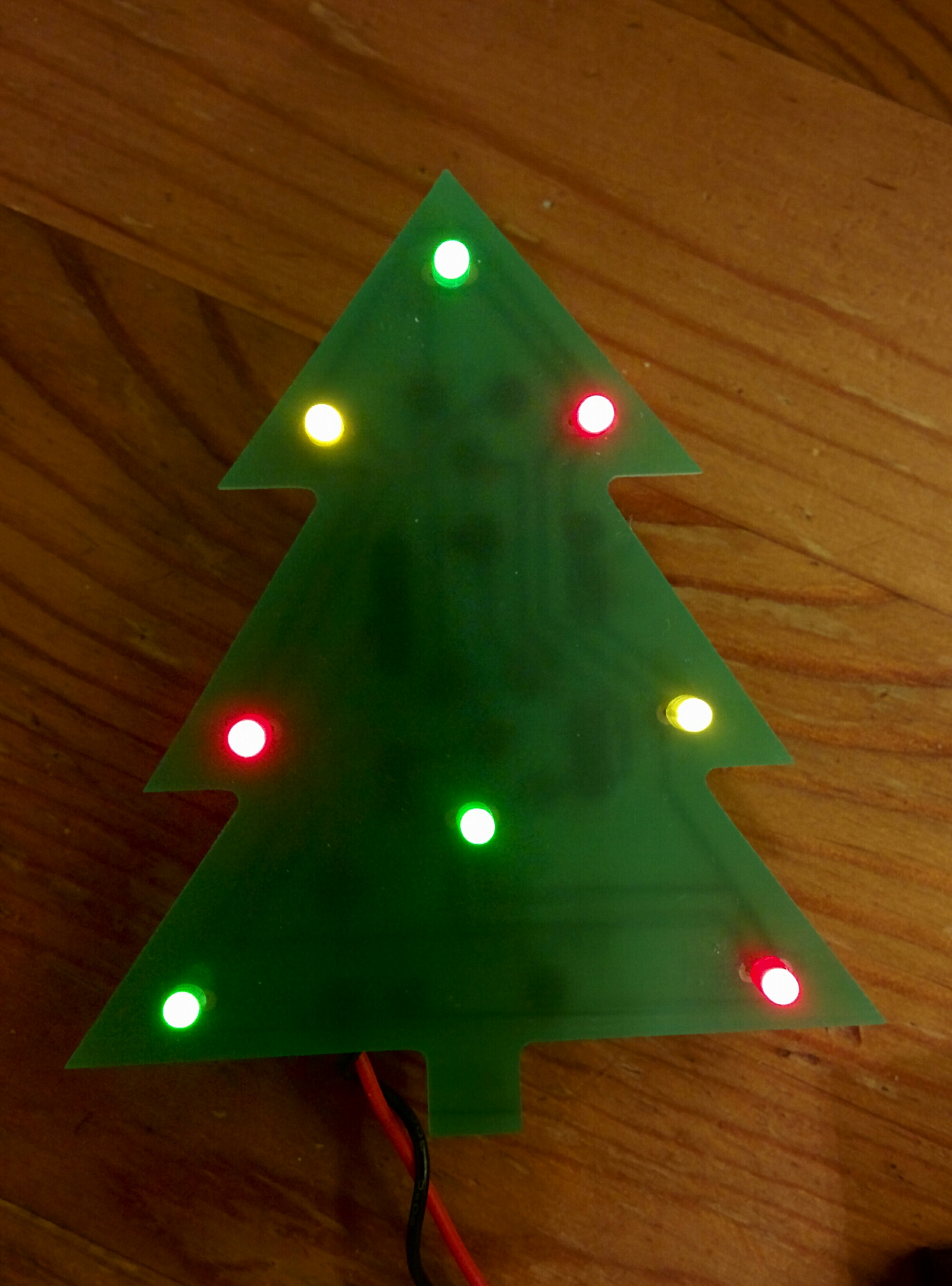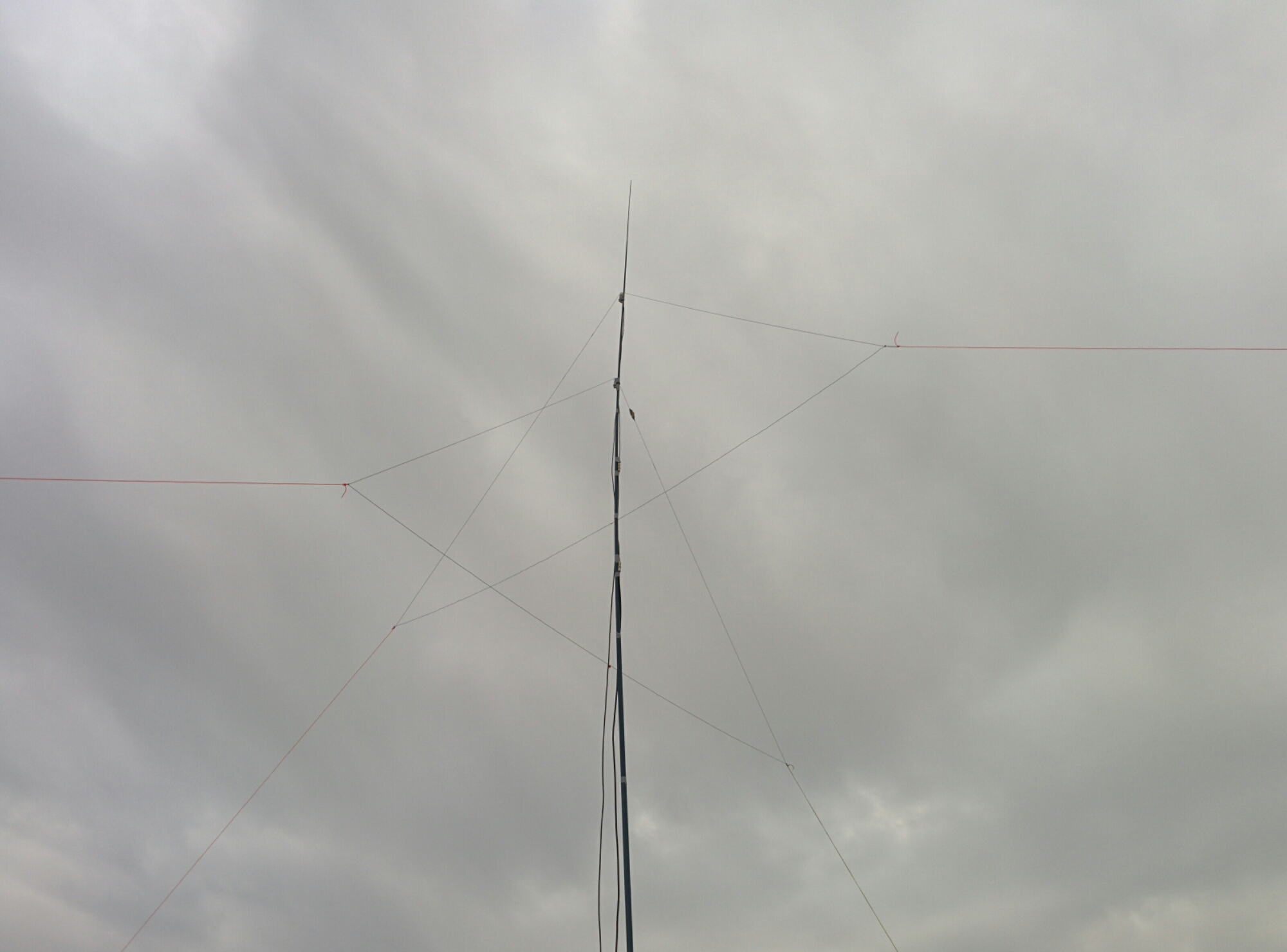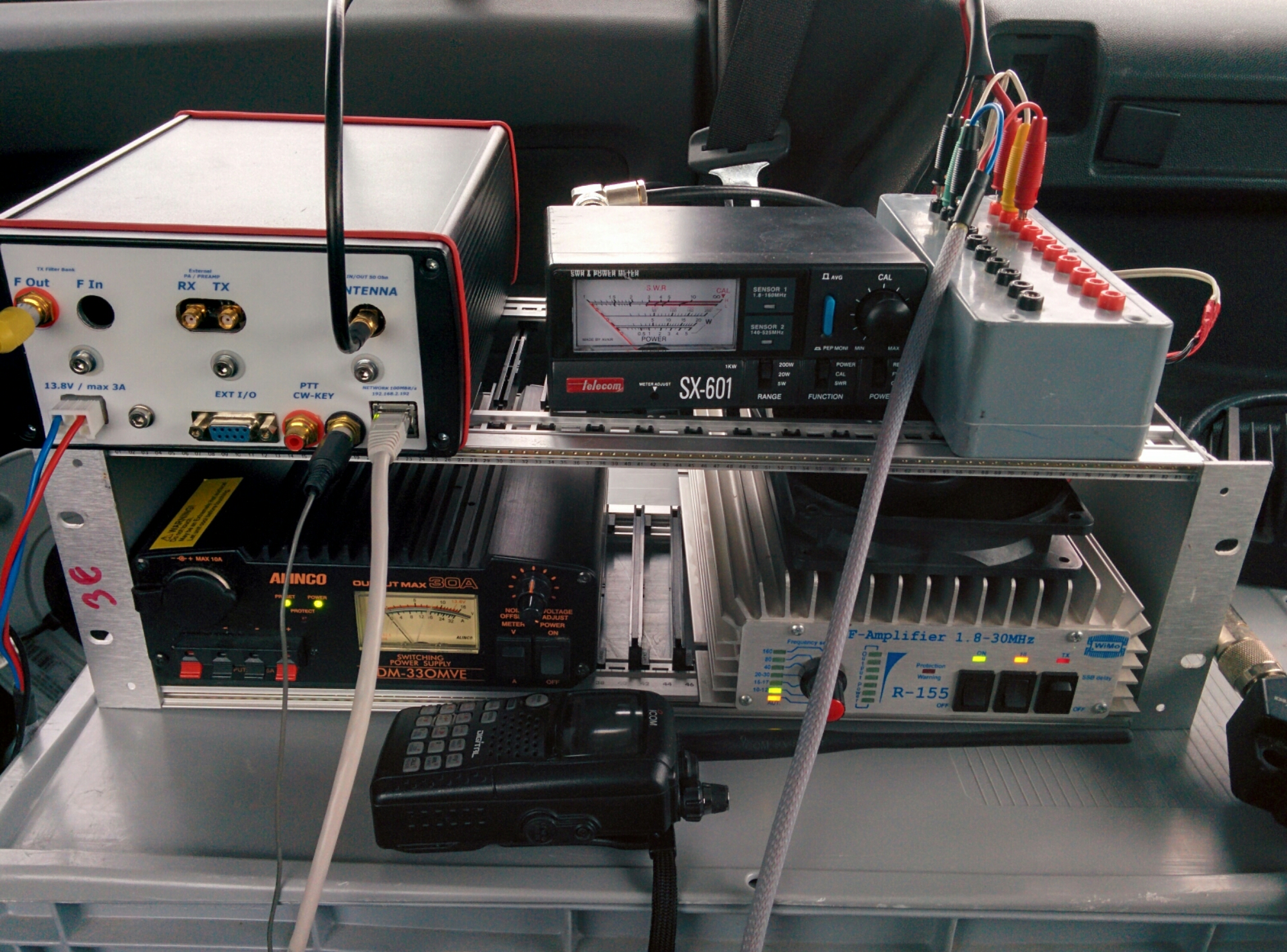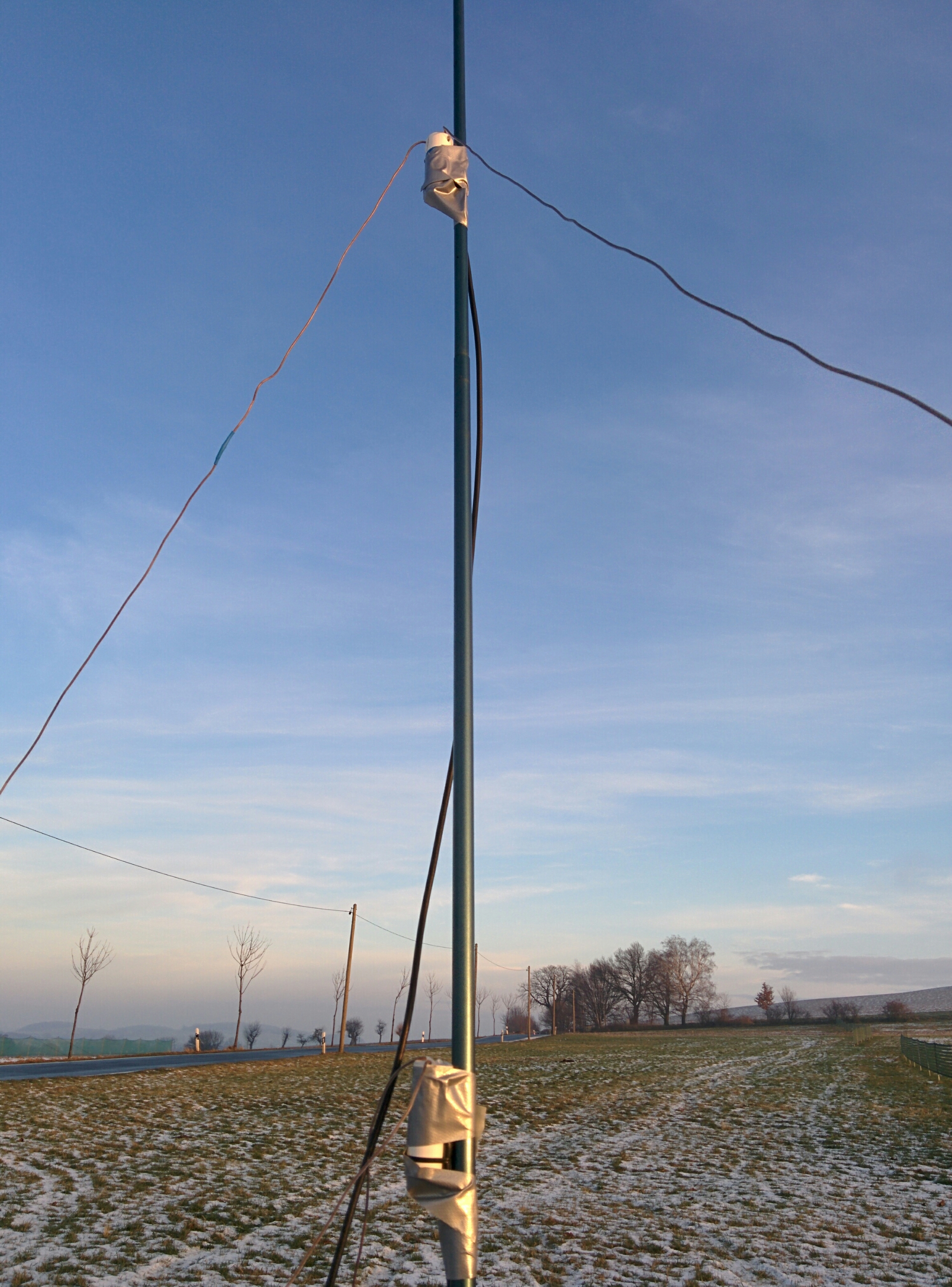A while ago i tried the Eagle import capabilities of Kicad. I used a design of the baloon experimenteer “TT7” from Czech Republic and did some modifications to the layout. Since the LNA looked promising i sent the design for production and ordered some components. I had to replace some components for easier sourcing.
The MMIC i replaced with the compatible type SPF5043. Instead of the 3.3V regulator i used the variant with 5V output and up to 16V input. The options for the SAW filters are limited. The 70cm filters usually allow for the lower half of the band but the curve will degrade around 437MHz. A filter for 23cm and one for 13cm was availabe as well. The same for 1090MHz. Unfortunately none for 405nm was available. There is an option for phantom feed of the LNA as well as mounting an ESD diode. Unfortunately i did not care about the width of the RF traces. They are far to wide. Fortunately the trace in front of the MMIC is short.
For test i assembled one board for 70cm, 23cm and 13cm each.
As written above the 70cm SAW starts to attenuate a lot around 437MHz. There was a type with broader response but it is available nowhere.
The overall gain is about 18..19dB which is in line with MMIC and filter datasheet.
Looking to the wideband response of the filter reveals that it looses its filter capabilities over 1200MHz.
The filter used for 23cm is a bit wide. It exceeds the amateur allocation a lot at the lower end. At the upper end 1296MHz is already at the edge. The maximum gain is around 1180MHz with 13dB. For 1296MHz it results in roughtly 8dB gain only.
The filter capability is maintained over a broader range and de-rates at over 5GHz.
The filter for 13cm fits pretty well. Although the MMIC has even less gain the filter also has less attenuation than the 23cm type on 1296MHz. Therefore it also results in about 8db gain.

